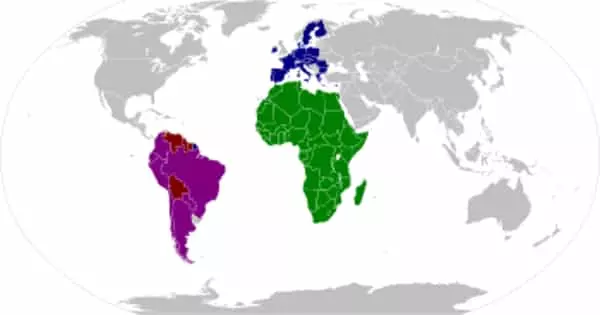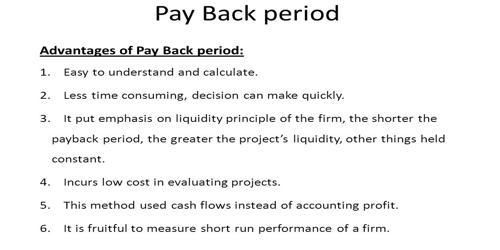A continental union is a type of regional organization that promotes pan-continental integration. While the United Nations is the most powerful intergovernmental organization, there are numerous smaller regional organizations that play important roles in international affairs. Continental unions range from cooperative intergovernmental organizations to supranational political and economic unions. These regional organizations were formed in order to increase regional influence in areas such as global trade and collective security.
Continental unions are a relatively new type of political entity in the history of human government. They vary from collaborative intergovernmental organizations to supranational politico-economic unions.
Continental unions are a relatively new type of political entity in the history of human government. They also provide methods for inter-regional cooperation in matters of trade, travel, and immigration. Throughout most of human history, political organization has been at the local level (e.g. tribal, city state) and in more recent centuries, the sub-regional (“regional”)/sub-continental level (e.g. river system/basin empires, the modern “nation-state”); however, starting with the advent of better transportation, weapons and communication there was for the first time the ability for a union of member states to organize at the continental level.
Many Model UN Conferences, such as London International Model UN (LIMUN) and Oxford International Model UN (OxIMUN), specializes in simulating these organizations. Following the devastation of the First and Second World Wars in the mid-twentieth century, Europe began to slowly integrate with the establishment of the “European Community,” which became a political union encompassing much of the European continent (27 member states as of 2020). While some, such as the European Union, are more common than others, such as the United Nations, knowing the membership and mandate of these bodies is important for MUN delegates, whether simulating the committee or writing clauses that relate to them in a draft resolution.
The nominal GDP of each union, as well as the Human Development Index, will be provided (HDI). HDI is calculated by looking at education levels, per capita GDP, and life expectancy. The HDI is significant because it allows for the comparison of development levels based on a variety of factors. It should be noted that each union has a wide range of development levels. As a result, many figures will be misleading in terms of development. The HDI will be given as a number between .000 and 1.000. In general, a 0 is the worst possible value, while a 1 is the best possible value.
















